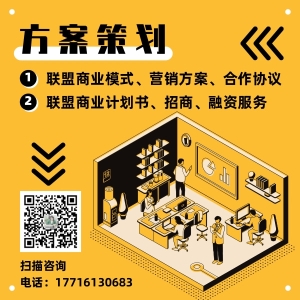医疗商业模式分析报告英文
2024-04-04 【 字体:大 中 小 】
Title: Analysis Report on Medical Business Models
Introduction:

The healthcare industry is undergoing rapid changes driven by technological advancements, changing consumer preferences, and evolving regulations. This analysis report aims to critically evaluate various medical business models to identify their strengths, weaknesses, and potential opportunities for growth.
I. Fee-for-Service Model:
The fee-for-service model follows a traditional payment structure where healthcare providers are reimbursed based on the number of procedures or services rendered. While this model allows for flexibility and individualized care, it often leads to overutilization of services, rising healthcare costs, and a potential conflict of interest between quality care and revenue generation.
II. Value-Based Care Model:
The value-based care model focuses on achieving better patient outcomes while controlling costs. Healthcare providers are incentivized for improving patient health and reducing hospital readmissions. This model promotes preventive care, coordination among different healthcare providers, and the use of data analytics. However, implementing this model requires significant investment in technology and infrastructural changes.
III. Direct Primary Care Model:
The direct primary care model emphasizes a direct relationship between physicians and patients without involving insurance companies. Patients pay a monthly membership fee for unrestricted access to primary care services. This model promotes better patient-centered care, longer consultation times, and affordable access to care. However, it may limit access to specialized care and require patients to have supplemental insurance coverage.
IV. Telemedicine Model:
The telemedicine model uses technology to provide remote healthcare services, consultations, and monitoring. This model offers convenience, reduces healthcare costs, and improves access to care, particularly in rural areas. However, challenges such as regulatory restrictions, patient acceptance, and quality assurance need to be addressed for broader adoption.
Conclusion:
Each medical business model offers distinct advantages and challenges. The fee-for-service model allows for flexibility but may lead to cost escalation, while value-based care focuses on quality outcomes but requires significant investments. The direct primary care model prioritizes patient needs but may limit access to specialized care. Telemedicine provides convenience but requires careful consideration of regulatory aspects. To thrive in the rapidly changing healthcare landscape, organizations need to assess their unique conditions and critically evaluate the feasibility and impact of different business models to achieve optimal patient outcomes and financial sustainability.


江西创新餐饮商业模式分析


编程猫很商业模式分析


天使汇商业模式分析


外贸商品的商业模式分析


从商业模式分析正装


伸缩楼梯商业模式分析


尼达利商业模式分析


摩点的商业模式分析


酒店商业模式构建图解分析


kfc商业模式九要素分析










